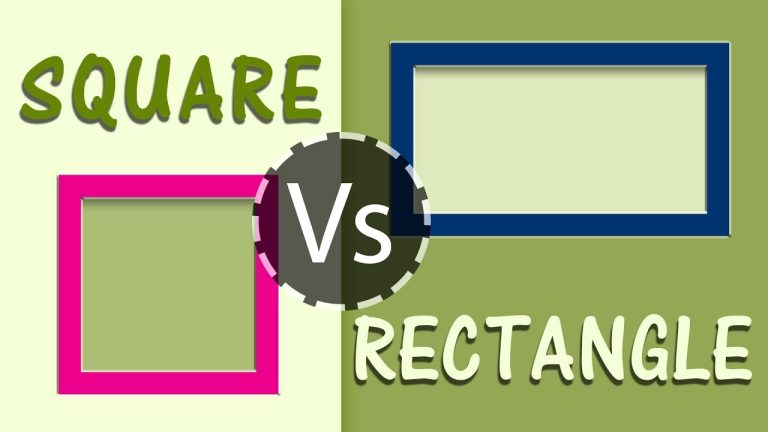Hoya Vision’s Guide to Choosing the Right Lens Material for Prescription Tactical Goggles with Occupational Bifocals
Introduction
As a tactical goggle wearer, ensuring the quality and durability of your lenses is of the utmost importance. Hoya Vision understands this immensely, and has created a guide to assist you in choosing the right lens material for your prescription tactical goggles with occupational bifocal lenses.
Why is it Important to Choose the Right Lens Material?
The right lens material is important because it can affect the overall durability, clarity, and weight of your goggles. As a tactical goggle wearer, it’s crucial to have lenses that can withstand even the most extreme environments and situations, without compromising with clarity or visual distortion.
Types of Lens Materials
- Polycarbonate lenses: These are a popular choice for tactical goggles, as they are impact-resistant and shatterproof, making them highly durable. They also have excellent optical clarity and can be made thinner and lighter than other materials, without compromising safety.
- Trivex lenses: These lenses also possess high impact-resistance, and offer superior clarity and distortion-free vision. They are a little bit heavier than polycarbonate lenses but are on par with them for durability.
- High-Index Plastic lenses: If you require a stronger prescription, these lenses are ideal due to the fact they can be made thinner and lighter than other lens materials. However, they are not as impact-resistant as polycarbonate or trivex lenses, so may not be as durable in extreme situations.
- Glass lenses: while glass lenses offer superior image quality, they are not suitable for tactical goggles as they are heavy and highly susceptible to breaking and shattering. This makes them unsafe for tactical use.
Other Factors to Consider
In addition to the lens material, there are several other factors that you should consider when choosing the right lenses for your tactical goggles. These include the following:
- UV Protection: ensure to select lenses that offer 100% protection from harmful UV rays.
- Anti-Reflective Coating: helps to reduce glare and improve overall vision, especially in low-light situations.
- Scratch Resistant Coating: this coating helps to protect your lenses from damage and can help to prolong their lifespan.
Conclusion
Choosing the right lens material is critical to your overall success in the field when wearing tactical goggles with occupational bifocal lenses. Whether you select polycarbonate, trivex, high-index plastic lenses, ensure that in combination with the other factors mentioned above, the lenses selected provide excellent clarity, superior durability, and protection to shield you from any harmful conditions you may face out in the field.
Contents
Most wanted in Hoya Vision:
Hoya Lens Engravings
What brand lenses does Costco use?
Which lens is better Alcon or Johnson and Johnson?
What’s the rarest eye color?
Legacy Eye Care Llc
What’s the difference between 1.5 and 1.6 lenses?
Hoya Sensity Vs Transitions Xtractive
Should eyeglasses cover eyebrows?
Wide Corridor Progressive Lenses
1.53 Trivex Impact Resistant
















